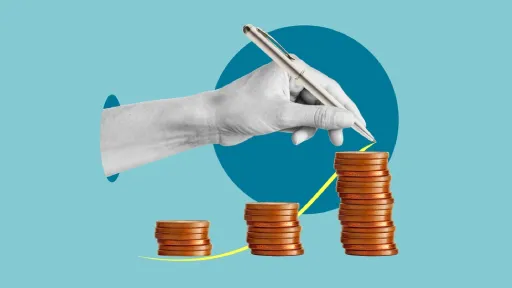In today’s fast-paced financial landscape, understanding what is forex trading and how does it work has become increasingly vital for investors and enthusiasts looking to diversify their portfolios and capitalize on global economic movements. Forex trading offers unmatched liquidity and 24-hour market access, making it an appealing option for both beginners and seasoned traders worldwide.
What Is Forex Trading and How Does It Work?
Forex trading, also known as foreign exchange trading or FX trading, involves the buying and selling of currencies against one another in the global marketplace. It is the largest and most liquid financial market on Earth, with daily trading volumes surpassing $6 trillion. The primary goal of forex trading is to profit from fluctuations in currency exchange rates.
The Basics of Forex Trading
At its core, forex trading involves currency pairs. Each pair consists of a base currency and a quote currency. When you trade forex, you are simultaneously buying one currency and selling another. For example, in the EUR/USD pair, EUR is the base currency and USD is the quote currency. If you believe the Euro will strengthen against the US Dollar, you buy the pair; if you think the Euro will weaken, you sell the pair.
How Does Forex Trading Work in Practice?
Forex trading operates through a decentralized OTC (over-the-counter) market, meaning transactions occur directly between parties, typically via electronic platforms or over the phone. Unlike stock exchanges, the forex market runs 24 hours a day, five days a week, because it spans multiple time zones in major financial hubs like London, New York, Tokyo, and Sydney.
To engage in forex trading, individuals typically use a broker—a financial intermediary who provides access to trading platforms and market prices. Traders can choose from different account types, leverage options, and technical tools depending on their strategy and risk tolerance.
Key Components of Forex Trading
- Currency Pairs: The building blocks of forex trading, including major pairs (like EUR/USD, USD/JPY), minor pairs, and exotic pairs.
- Leverage: Allows traders to control a larger position than their initial investment, increasing potential profits and risks.
- Spreads and Pips: The spread is the difference between the bid and ask price; pips represent the smallest price movement in a currency pair.
- Market Orders: Buy or sell orders that can be executed immediately at the current market price.
- Stop Loss and Take Profit: Risk management tools that automatically close trades to limit losses or lock in profits.
Common Forex Trading Strategies
There are various strategies traders use, each with its approach to analyzing market movements and timing trades. Some of the popular ones include:
- Scalping: Making many short-term trades to capitalize on small price changes.
- Day Trading: Opening and closing positions within the same trading day.
- Swing Trading: Holding positions for several days to benefit from anticipated market moves.
- Trend Trading: Identifying and following prevailing market trends.
- Fundamental Analysis: Using economic indicators and news events to predict currency movements.
Benefits and Risks of Forex Trading
Understanding what is forex trading and how does it work also means realizing the inherent advantages and risks:
Benefits:
- High Liquidity: Large volumes ensure quick execution of trades.
- 24-Hour Market: Flexibility to trade at any time of day.
- Potential for Leverage: Maximizing returns with smaller capital.
- Diverse Currency Pairs: Opportunities arise in different economic regions.
Risks:
- Market Volatility: Sudden price swings can cause significant losses.
- Leverage Risks: Amplifies both gains and losses.
- Lack of Regulation: Some brokers may be unregulated or fraudulent.
- Emotional Trading: Can lead to impulsive decisions without proper strategy.
Getting Started with Forex Trading
For newcomers eager to explore forex trading, here are clear steps to begin:
- Educate Yourself: Understand market terms, analysis methods, and trading platforms.
- Choose a Reputable Broker: Look for regulation, reasonable spreads, and quality customer support.
- Open a Demo Account: Practice trading in a risk-free environment before real money.
- Create a Trading Plan: Define your goals, risk tolerance, and strategy.
- Start Small: Begin with limited investment amount and gradually increase as you gain confidence.
Conclusion
In summary, what is forex trading and how does it work is a fundamental question for anyone interested in accessing one of the most dynamic and expansive markets in the world. By trading currencies, individuals gain new opportunities to diversify investments, engage with global economic developments, and potentially achieve significant returns. However, as with any financial market, success requires education, discipline, and careful risk management.


